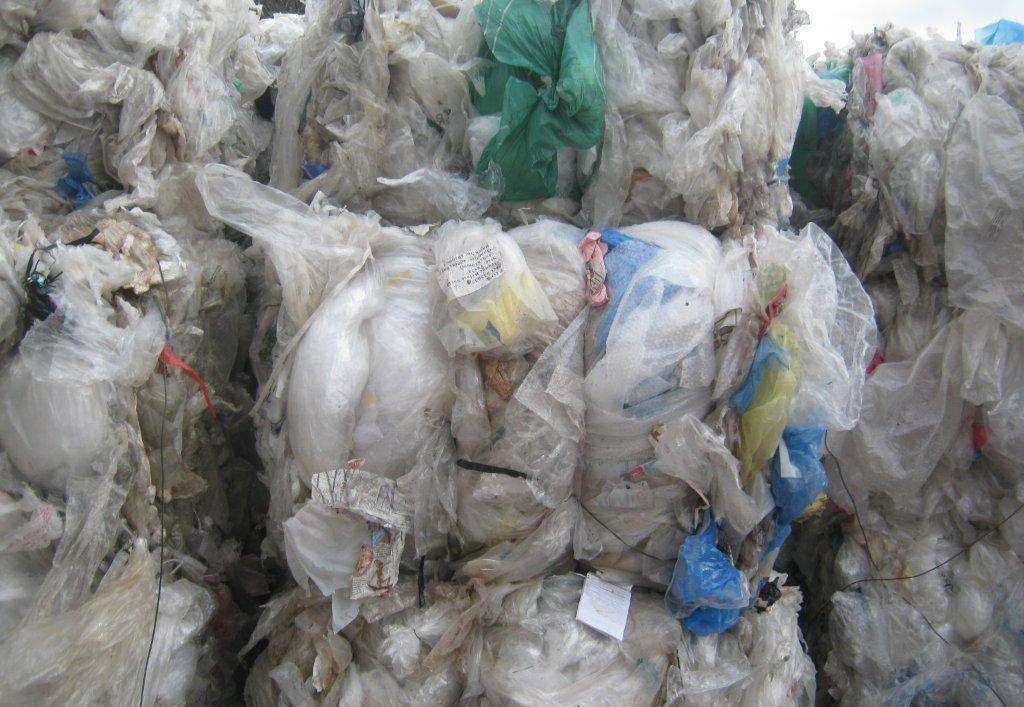What are the commonly used plastic films?

Commonly used plastic films are 1. Polyethylene film (PE), 2. Polyvinyl chloride film (PVC), 3. Polystyrene film (PS), 4. Polyester film (PET), 5. Nylon, 6. Poly Propylene film (PP) etc.
PE film is a colorless, odorless, odorless, translucent and non-toxic insulating material, which is widely used as packaging bags; food bags and various containers. It is an inert material, so it is more difficult to print, and it must be processed to print better results. For this kind of PE film, China Plastics Machinery uses a horizontal water ring pelletizing system, which is easy to operate. Compared with several other plastic films, this PE film is easier to recycle after all.
PP film has good gloss and good transparency, heat-resistant acid and alkali, solvent-resistant, friction-resistant, tear-resistant, breathable, and cannot be heat-sealed below 160°C. The China Plastic Machinery Research Institute uses a vertical water ring pelletizing system.
PVC film has better light resistance and aging resistance, and has better tear resistance, breathability, is a clean, colorless, and transparent film. Generally, plasticizers are added. It is soluble in acetone and ring. Solvents such as ketone. Therefore, it can be printed with ink made of polyvinyl chloride resin. Suitable for packaging bags, book covers, etc.
PS film is a soft and tough film, clean, colorless and transparent. When it does not contain plasticizers, the film is always soft, resistant to freezing, and does not age when stored. When printing, the use of oxidative polymerization synthetic binder ink can make the imprint firm. Degree is better.
PET is colorless, transparent, moisture-resistant, airtight, soft, strong, resistant to acids, alkalis, oils, esters and solvents, and is not afraid of high and low temperatures. After EDM treatment, it has relatively good surface fastness to ink. Used in packaging and composite materials.
Nylon film is stronger than polyethylene film. It is odorless, non-toxic, impervious to bacteria, oil-resistant, ester-resistant, boiling water and most solvents. It is generally used for load-bearing and wear-resistant packaging, as well as cooking packaging (reheating food) , It can be printed without surface treatment.
The properties of various plastic films are different, the difficulty of printing is also different, and the purpose of packaging materials is also different.
